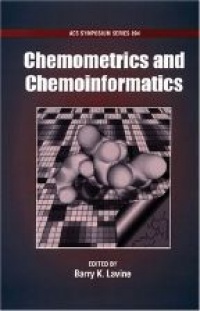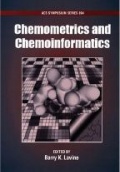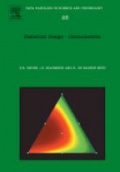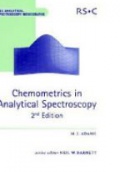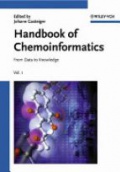
Chemometrics and Chemoinformatics
ISBN: 0841238588
Vydavatelství: Oxford UP
Rok vydání: 2005
Nárok na dopravu zdarma
Chemometrics and Chemoinformatics gives chemists and other scientists an introduction to the field of chemometrics and chemoinformatics. Chemometrics is an approach to analytical chemistry based on the idea of indirect observation. Measurements related to the chemical composition of a substance are taken, and the value of a property of interest is inferred from them through some mathematical relation. Basically, chemometrics is a process. Measurements are made, data is collected,
and information is obtained to periodically assess and acquire knowledge. This, in turn, has led to a new approach for solving scientific problems: (1) measure a phenomenon or process using chemical instrumentation that generates data inexpensively, (2) analyze the multivariate data, (3) iterate if necessary, (4) create and test the model, and (5) develop fundamental multivariate understanding of the process. Chemoinformatics is a subfield of chemometrics, which encompasses the analysis,
visualization, and use of chemical structural information as a surrogate variable for other data or information. The boundaries of chemoinformatics have not yet been defined. Only recently has this term been coined. Chemoinformatics takes advantage of techniques from many disciplines such as molecular modeling, chemical information, and computational chemistry. The reason for the interest in chemoinformatics is the development of experimental techniques such as combinatorial chemistry and
high-throughput screening, which require a chemist to analyze unprecedented volumes of data. Access to appropriate algorithms is crucial if such experimental techniques are to be effectively exploited for discovery. Many chemists want to use chemoinformatic methods in their work but lack the knowledge required to decide which techniques are the most appropriate.





